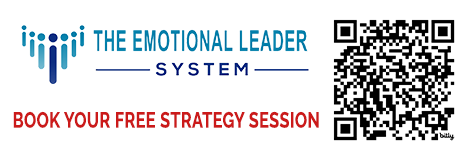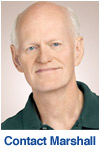 What it Is
What it Is
The Genos EI Model is an internationally recognized Emotional Intelligence, or EQ, model and assessment combined with award winning development programs that enhance leadership, sales, teamwork and customer service.
How it is Used
- To identify talent. Our Emotional Intelligence assessment is used to identify people with naturally great soft skills, people who will make great leaders, sales or customer service personnel. In this context it is used in recruitment (external or internal hires) and internal talent benchmarking.
- To develop talent. Our Emotional Intelligence assessment and development programs are used to develop soft skills crucial to success in leadership, sales, teamwork and customer service. These skills include self-awareness; understanding others, personal resiliency and influencing others.
What Difference it Makes
Backed by follow-on coaching and learning programs that increase the frequency with which individuals demonstrate emotionally intelligent workplace behavior, the Genos Emotional Intelligence solution delivers tangible returns in variables such as employee engagement, leadership effectiveness, customer satisfaction, and sales revenue.


